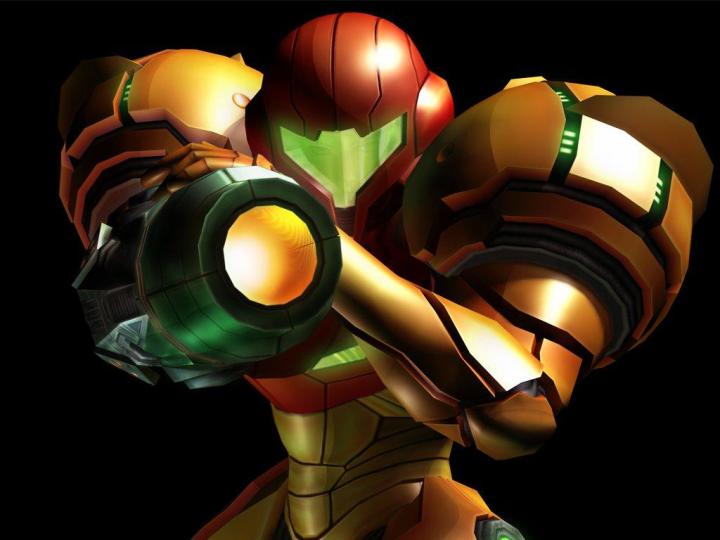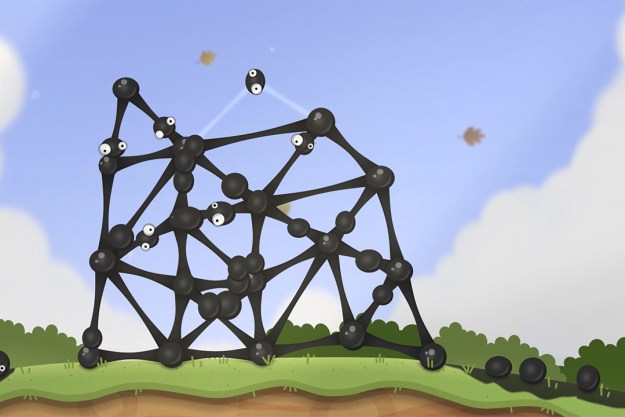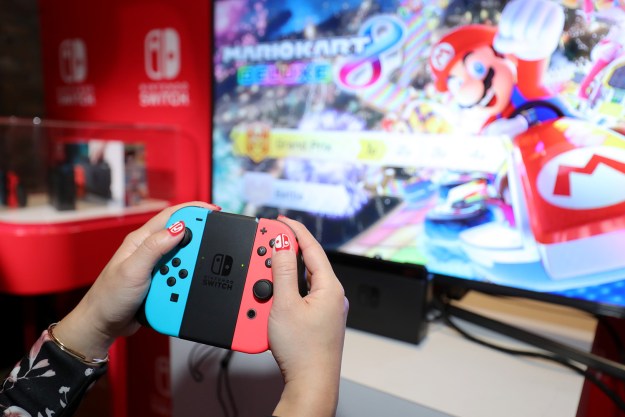
This past week’s E3 conference brought with it a deluge of Nintendo announcements, including exciting glimpses into the future of the company’s numerous, beloved franchises–we even heard about Star Fox! One series has been left out in the cold for some time, however. There has not been a new Metroid game since 2010’s Metroid: Other M, which was developed by Team Ninja for the Wii. The last 2D entry in the series is even further in the past with 2004’s Metroid: Zero Mission, which remade the original game for the Game Boy Advance.
Kotaku’s Stephen Totilo took the opportunity to interview two of Nintendo’s top developers, Shigeru Miyamoto and Shinya Takahashi, to ask about the future of the franchise, which, as it turns out, looks bright. Takahashi supervises Nintendo’s SPD group, which includes the creators of the original Metroid and the director of Metroid Prime.
“So it has been a while since we released the last one and we’re having discussions internally about what we can do next,” Takahashi explained. “So at this point we have two different types of Metroid games. We have the Prime style of Metroid game and we have the more traditional style of Metroid game. We feel that we do need to take care of both of these styles of play. And the hope is that at some point in the near future we’ll be able to share something about them.”
Both Miyamoto and Takahashi were very positive about the future of both 3D and 2D Metroid games and provided reassurances that there are teams at work on developing both branches of the storied franchise, about which they hope to have something worth sharing soon.
Editors' Recommendations
- Best video game deals: PlayStation 5, Xbox S and X, Nintendo Switch
- The Nintendo Switch just got 2 surprise games — and they’re both worth grabbing
- Every rumored video game console: Nintendo Switch 2, PS5 Pro and more
- Hurry! The Nintendo Switch OLED just got a rare discount
- Best Nintendo Switch deals: consoles, games, and accessories


